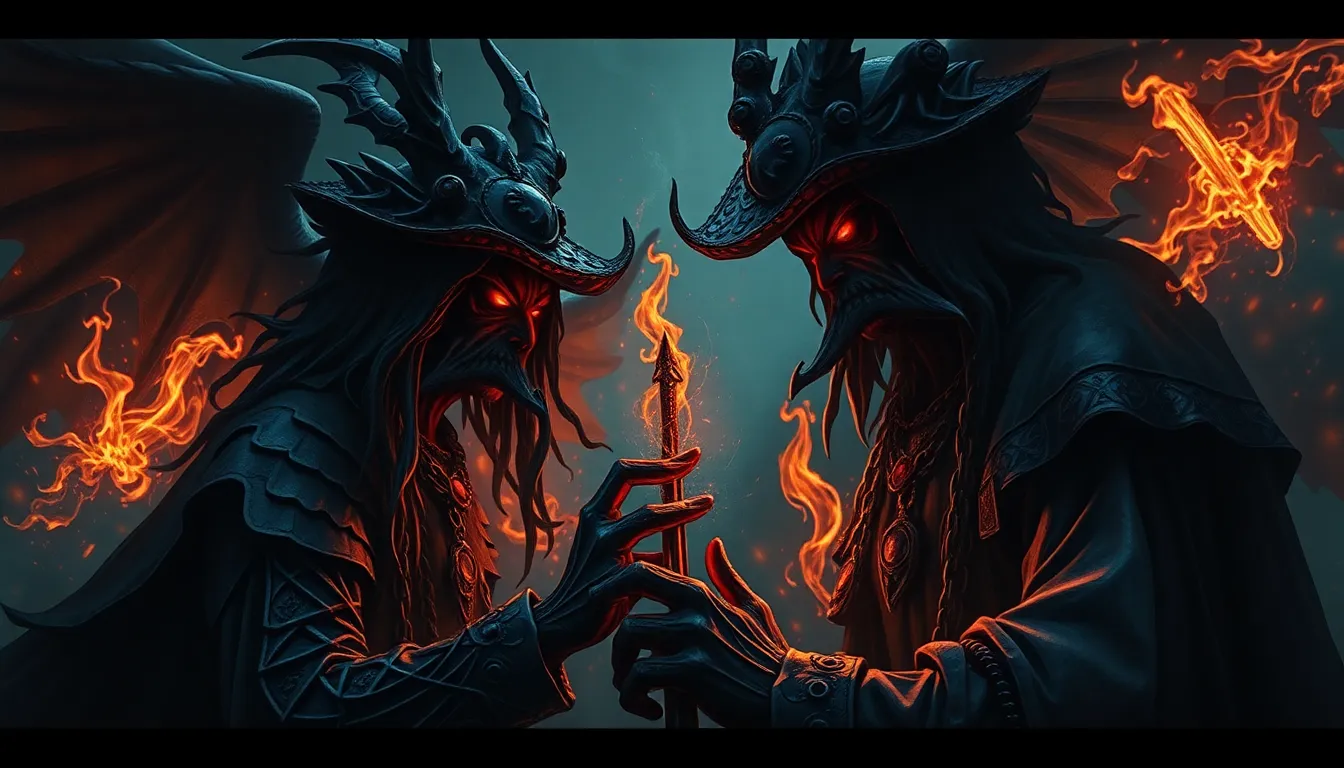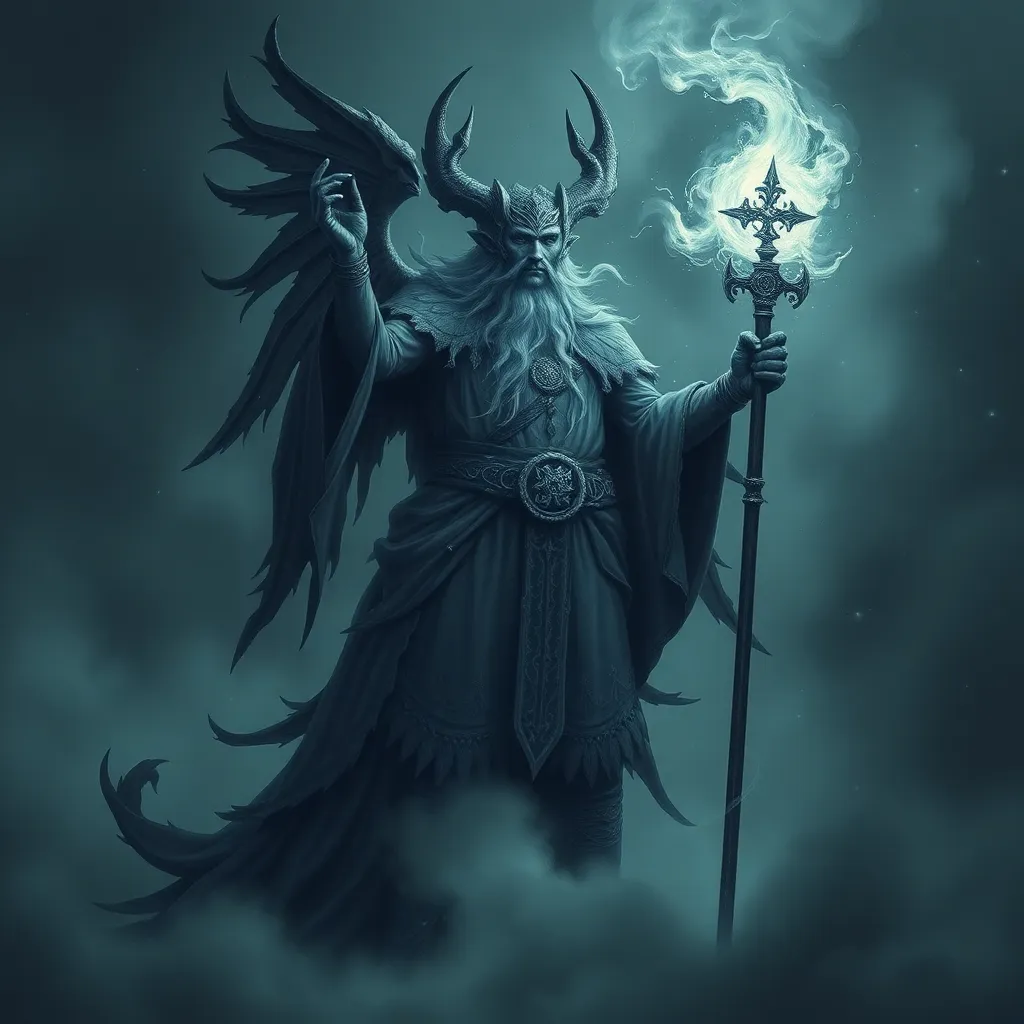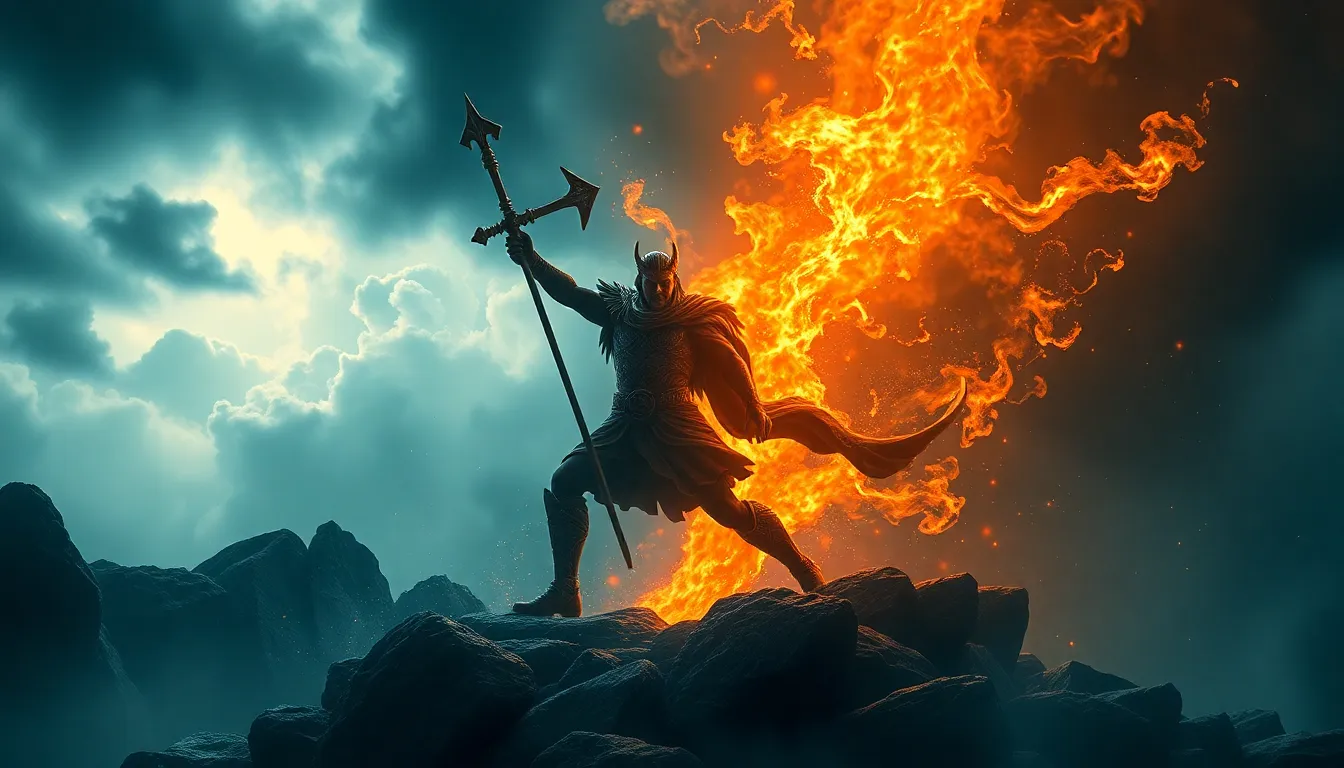From Dream to Reality: The Transformative Power of Mythic Visions
I. Introduction
Mythic visions are profound and often symbolic images or narratives that emerge from our subconscious, transcending ordinary experiences. They can manifest during dreams, meditative states, or moments of deep inspiration. These visions carry messages that resonate on a personal and collective level.
The relationship between dreams and reality has long been a subject of fascination across cultures and epochs. Dreams serve as a bridge between our inner worlds and the external reality, allowing us to explore possibilities beyond the confines of our waking lives.
This article aims to explore the transformative power of mythic visions, examining how they inspire individuals to translate their dreams into reality, influencing personal growth and societal change.
II. The Nature of Mythic Visions
A. Historical context and origins of mythic visions
Mythic visions have roots in ancient cultures, where they were often interpreted as divine messages or prophecies. In many indigenous traditions, shamans would enter altered states of consciousness to access these visions, guiding their communities through spiritual and physical challenges.
B. Characteristics of mythic visions in different cultures
Across various cultures, mythic visions exhibit certain shared characteristics, including:
- Symbolism: They often convey messages through rich, symbolic imagery.
- Universality: Themes such as heroism, transformation, and the quest for meaning are prevalent.
- Connection to the divine: Many cultures view these visions as a communication from higher powers.
C. The psychological and emotional impact of mythic visions
Mythic visions can evoke strong psychological and emotional responses, leading to insights that prompt personal transformation. They may encourage individuals to confront fears, embrace creativity, or pursue passions that align with their true selves.
III. Mythic Visions in Literature and Art
A. Exploration of mythic themes in classical literature
Classical literature is replete with mythic themes that reflect the human experience. Works like Homer’s “The Odyssey” and Virgil’s “Aeneid” explore transformative journeys, embodying the essence of mythic visions.
B. The role of mythic visions in modern storytelling and art
In contemporary storytelling, mythic visions continue to play a pivotal role. Films like “Inception” and “The Matrix” delve into the nature of reality and dreams, challenging audiences to reconsider their perceptions.
C. Case studies of influential works that embody mythic visions
Case studies such as J.R.R. Tolkien’s “The Lord of the Rings” and Gabriel García Márquez’s “One Hundred Years of Solitude” highlight how mythic visions can shape narratives that resonate deeply with readers, inviting them to explore complex themes of heroism, sacrifice, and destiny.
IV. The Science Behind Mythic Visions
A. Psychological theories related to dreams and visions
Psychological theories, including Carl Jung’s concept of the collective unconscious, suggest that mythic visions tap into shared human experiences and archetypes, allowing individuals to connect with universal themes.
B. The role of the subconscious in shaping mythic visions
The subconscious mind plays a critical role in shaping mythic visions, processing emotions and experiences that the conscious mind may overlook. This process often reveals deeper truths about our desires and fears.
C. Neurobiology of dreaming and its connection to creativity
Research in neurobiology indicates that dreaming stimulates creativity, allowing for innovative problem-solving and the generation of new ideas. This connection between dreams and creativity underscores the importance of mythic visions in artistic expression.
V. Transformative Experiences: Personal Accounts
A. Real-life stories of individuals inspired by mythic visions
Many individuals have experienced profound transformations following encounters with mythic visions. For example, artists and writers often cite dreams as sources of inspiration for their most significant works.
B. The process of turning visions into tangible outcomes
Transforming mythic visions into reality involves a process that includes:
- Reflection: Understanding the message and significance of the vision.
- Planning: Developing actionable steps to manifest the vision.
- Execution: Taking consistent actions towards realizing the vision.
C. Lessons learned from transformative experiences
Individuals often report lessons learned through their journeys, including the importance of trust, perseverance, and staying open to unexpected opportunities.
VI. Mythic Visions as a Tool for Personal Growth
A. Techniques for harnessing mythic visions for self-improvement
To harness the power of mythic visions, individuals can practice techniques such as:
- Dream journaling: Recording dreams to identify recurring themes and messages.
- Visualization: Engaging in mental imagery to clarify goals and aspirations.
- Meditation: Entering meditative states to access deeper insights.
B. The role of meditation and visualization in realizing dreams
Meditation and visualization enhance self-awareness and focus, allowing individuals to align their actions with their aspirations, making it easier to manifest their mythic visions.
C. Balancing mythic visions with practical action
While mythic visions can inspire, it is essential to balance them with practical steps. This includes setting realistic goals and timelines, ensuring that dreams translate into actionable plans.
VII. Cultural and Societal Impacts of Mythic Visions
A. The influence of mythic visions on social movements and change
Mythic visions have historically influenced social movements, providing a narrative framework that inspires collective action. Movements such as civil rights and environmental advocacy often draw on mythic imagery to galvanize support.
B. Collective mythic visions: how they shape cultural narratives
Collective mythic visions can unite communities around shared beliefs and values, shaping cultural narratives that define societal identity and purpose.
C. The role of myths in creating shared values and identities
Myths contribute to the formation of cultural values and identities, allowing societies to navigate complexities and foster a sense of belonging among members.
VIII. Challenges in Manifesting Mythic Visions
A. Common obstacles faced in the journey from vision to reality
Individuals often encounter obstacles, including:
- Doubt and self-criticism
- Fear of failure
- Lack of support from others
B. Strategies for overcoming doubt and fear
To overcome these challenges, individuals can employ strategies such as:
- Positive affirmations to build self-confidence.
- Seeking mentorship or support groups for encouragement.
- Establishing small, achievable goals to build momentum.
C. The importance of resilience and adaptability
Resilience and adaptability are crucial in navigating setbacks and unexpected changes, allowing individuals to remain committed to their visions while being open to new paths.
IX. Future Perspectives: Mythic Visions in a Modern Context
A. The relevance of mythic visions in contemporary society
In today’s fast-paced world, mythic visions remain relevant as sources of inspiration, helping individuals navigate complexities and find meaning amidst chaos.
B. Emerging trends in the interpretation and application of mythic visions
Emerging trends include the integration of mythic concepts into therapeutic practices, such as narrative therapy and art therapy, which leverage storytelling and creativity for healing and personal growth.
C. How technology is reshaping our understanding of dreams and myths
<p



